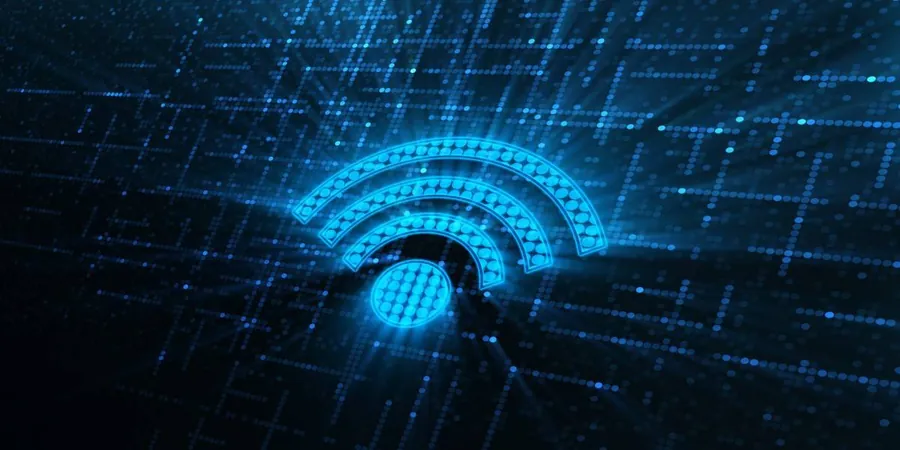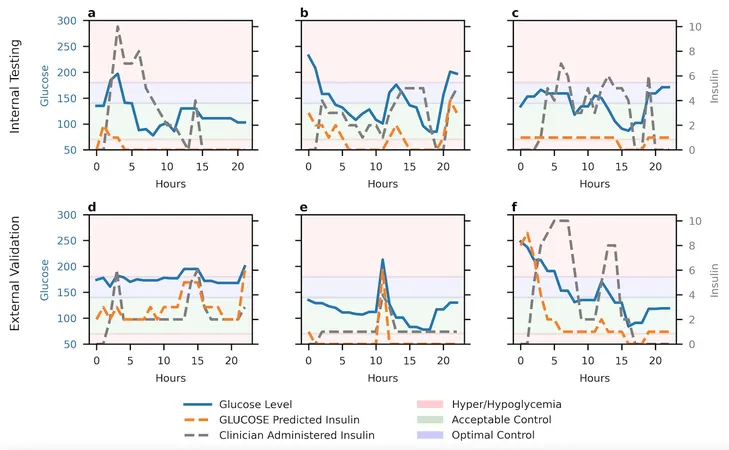
Wi-Fi 8: The Future of Connection Reliability and Potential Breakthroughs
2025-01-02
Author: Sarah
Introduction
Wi-Fi 8, or as it is technically referred to, 802.11bn, is on the horizon, promising not just innovation but a drastic shift in how we perceive wireless connectivity. Unlike its predecessors, which primarily pushed for higher speeds, Wi-Fi 8 is set to prioritize reliability and efficiency, addressing the real-world challenges that users often encounter.
The Evolution of Wireless Standards
In recent years, the wireless landscape has evolved at a breakneck pace. We've witnessed the introduction of various standards, including Wi-Fi 6, officially adopted in 2021, followed by Wi-Fi 6E, and the still-emerging Wi-Fi 7. However, while these technologies beckoned with the lure of faster data transfer, many users found themselves struggling to attain the promised speeds. Issues like signal interference and physical obstructions have hampered the experience, leaving many to wonder about the practical usability of such advancements.
Future Projections
According to the Wi-Fi Alliance, a staggering 233 million new devices are expected to roll out in 2024, with projections indicating that this number could leap to 2.1 billion by 2028. Despite Wi-Fi 7 still establishing its presence, the industry is already buzzing about the impending arrival of Wi-Fi 8, which aims to bridge the gap between theoretical capabilities and real-world performance.
Industry Response and Development
Research Director Siân Morgan from Dell'Oro Group highlights that while Wi-Fi 8 is still in the conceptual stages, the first enterprise-class access points are expected to hit the market in late 2028. This timing indicates a thoughtful approach, allowing ample time for seamless integration of the new features into existing hardware.
Addressing Practical Connectivity Issues
Originally initiated in 2022 as part of an Ultra High Reliability (UHR) study group, Wi-Fi 8 is responding to an industry demand for performance consistency and power efficiency. It aims to address practical connectivity issues that many users face, focusing on minimizing jitter and latency. This could enhance its application in critical fields such as manufacturing and other mission-dependent environments.
Building on Existing Technologies
Wi-Fi 7 has already modernized wireless communication with enhancements like doubling channel bandwidths to 320 MHz and introducing multi-link operation (MLO), which permits simultaneous use of 2.4, 5, and 6 GHz bands. However, Wi-Fi 8 is set to build upon these fundamentals, with improvements designed to ensure users experience the speed gains promised by its predecessor.
Innovative Features and Enhancements
Innovative features like Coordinated Spatial Reuse (Co-SR) and Coordinated Beamforming (Co-BF) are among the enhancements being developed. Co-SR aims to optimize networks with overlapping access point signals, improving efficiency in densely populated areas. Meanwhile, Co-BF enhances the ability of devices in multi-user environments to concentrate their signals precisely, reducing interference significantly.
Additional Improvements
Furthermore, enhancements such as Dynamic Sub-channel Operation (DSO) may provide substantial improvements, potentially increasing throughput by up to 80% in high-traffic scenarios. New Modulation and Coding Schemes will further aid devices in adapting to varying signal conditions, promoting a smoother user experience regardless of their distance from access points.
Transformative Potential
Dr. Sylvain Fabre, a senior director analyst at Gartner, emphasizes the transformative potential of Wi-Fi 8 for environments where reliable connectivity is paramount, such as industrial applications and the burgeoning Internet of Things (IoT).
Adoption Timeline
Nevertheless, the promise of Wi-Fi 8 will remain untapped for most users until both their access points and devices are upgraded to support the new standard. According to industry experts, widespread adoption could take several years, and with Wi-Fi 7 still gaining traction, Wi-Fi 8 might only become mainstream toward the late 2020s.
Conclusion
As the tech world anticipates these advancements, users are encouraged to appreciate and make the most of the impressive speeds and capabilities provided by Wi-Fi 7 in the meantime. Indeed, while we wait for Wi-Fi 8, those currently connected stand to benefit greatly from the enhancements that have already rolled out, with the promise of even better experiences on the horizon!




 Brasil (PT)
Brasil (PT)
 Canada (EN)
Canada (EN)
 Chile (ES)
Chile (ES)
 Česko (CS)
Česko (CS)
 대한민국 (KO)
대한민국 (KO)
 España (ES)
España (ES)
 France (FR)
France (FR)
 Hong Kong (EN)
Hong Kong (EN)
 Italia (IT)
Italia (IT)
 日本 (JA)
日本 (JA)
 Magyarország (HU)
Magyarország (HU)
 Norge (NO)
Norge (NO)
 Polska (PL)
Polska (PL)
 Schweiz (DE)
Schweiz (DE)
 Singapore (EN)
Singapore (EN)
 Sverige (SV)
Sverige (SV)
 Suomi (FI)
Suomi (FI)
 Türkiye (TR)
Türkiye (TR)
 الإمارات العربية المتحدة (AR)
الإمارات العربية المتحدة (AR)